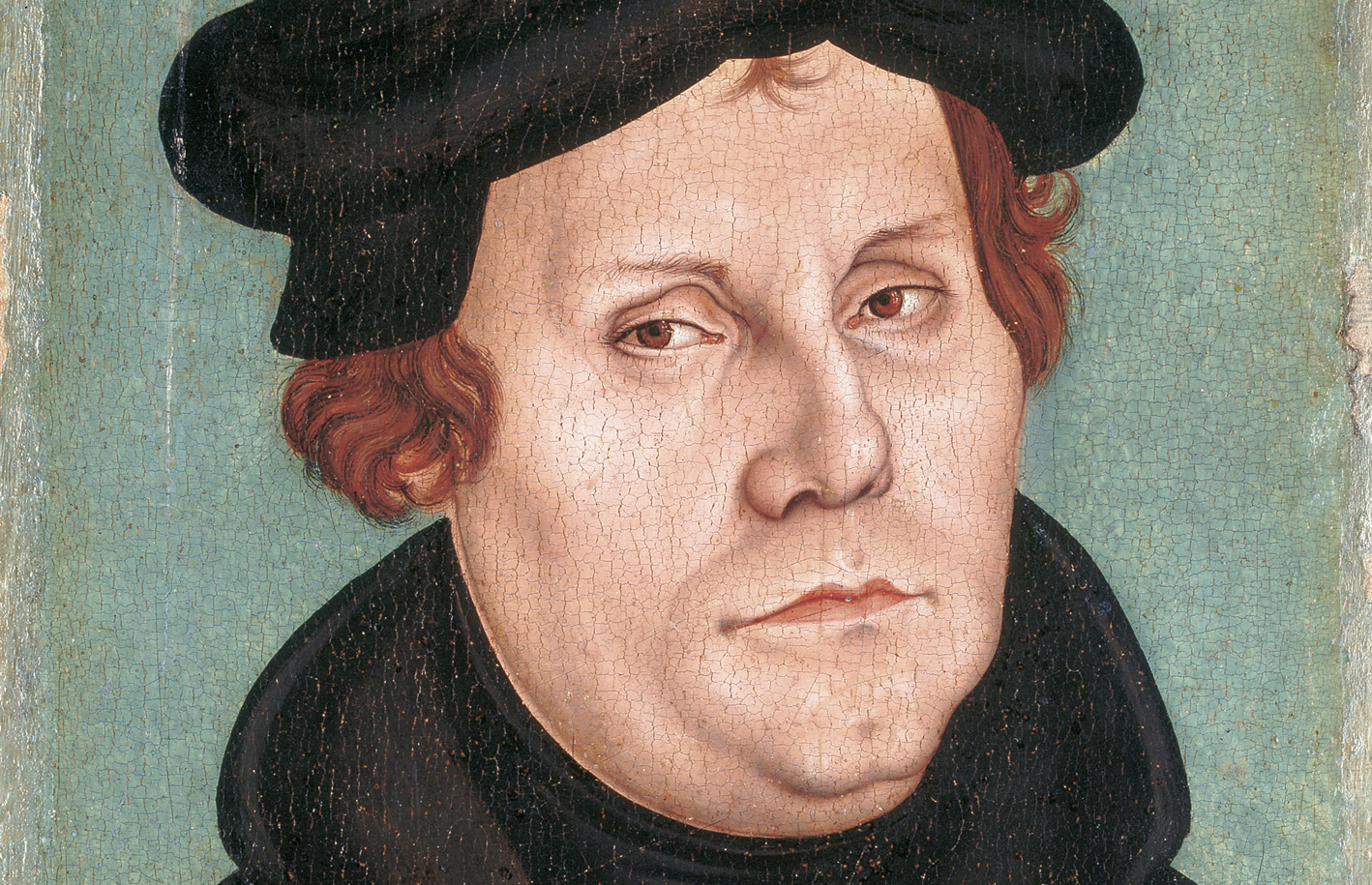Although it wasn’t until 1517 that Martin Luther (1483-1546) became the face of the Protestant Reformation by posting his Ninety-Five Theses on the doors of the Castle Church in Wittenberg, Germany, the roots of dissatisfaction with the Roman Catholic Church were deep-seated by then. Luther’s action, at first seemingly rather benign, was the decisive axe-blow to a tree already beginning to fall. Essentially it completed the collapse of medieval society and launched the modern age: by translating the Bible into contemporary German vernacular and disseminating his teachings through the newly invented printing press, Luther not only eroded Catholic authority, but also epitomized how the right tools, and strategic use of technology, could quickly spur irreversible change.

This is an excerpt from “In Minneapolis, Reconsidering Martin Luther”. Find the full article in the November / December 2016 Edition of Fine Art Connoisseur Magazine.








